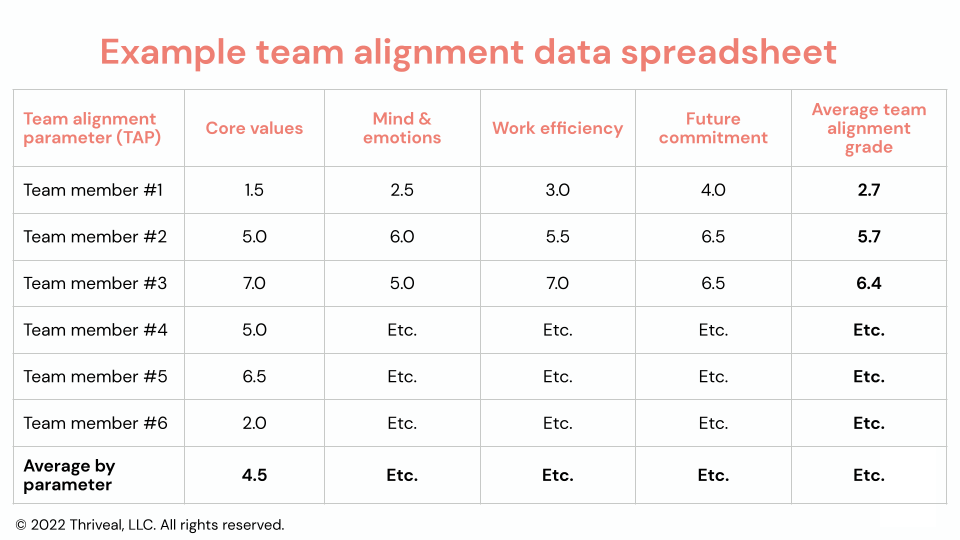The steps to uncover hidden data at your accounting firm
Insightful data in your firm can be found (and leveraged). You just have to know where to look for it.

I co-hosted a webinar with Ian Vacin, Karbon Co-Founder & Chief Partnerships Officer, and it was so powerful, I wanted to follow it up with some of our takeaways in writing.
The session was all about finding and creating data at your accounting firm that leads to powerful insights you can use to grow your firm, make strategic business decisions, and further-assist your clients.
We started off by discussing how difficult it is to find, manage, and leverage data for the key insights that firm owners need. We broke this down into a pros and cons list:
Pros and cons of accounting firm data
Pros | Cons |
|---|---|
Data dashboards are a great summary of a lot of detail | The accounting profession is obsessed with the details |
Data can provide an immediate 'dashboard' view | Firms have slow processes to reconcile everything |
Data doesn't have to be 'right' for the client to find value | Often a firm is required to reconcile so things are 'right' |
Clients love dashboards and metrics | Firms struggle to create valuable dashboards |
Insights (leading to change) are the reason for the metrics | Clients (and firms) mistake data and metrics as the goal |
Metrics and data creation is often collaborative with the client | Firms don't always hold the client to their responsibility of providing some of the data |
Data feels misunderstood
What if we could stop and ask data how it feels about how we manage it? Stay with me. Here’s what I think it might say:
“I don’t have to be exact! I can still be ‘right’ enough to drive powerful insights for your firm and your clients.”
“Even though service outcomes are difficult to know in your firm, you can find valuable data embedded in the minds of your firm’s team and clients.”
“You don’t need to understand everything! You just need to sort me in a way that gives you insights and patterns that can lead to change.”
“Don’t misrepresent me. When you promise your clients perfect data, you are misleading them. Instead, tell your client they will have to participate in creating me.”
With data, subjectivity often rules over objectivity. That is, data won’t always come from a place of ‘science’. You’ll often have to create it from the subjective thoughts and feelings of your team and clients.
Data is in the mind of the knowledge provider.
A practical, innovative way to create data
But what happens when there is no data available? Ian and I discussed some innovative ways to create the data you need.
Let’s say you want to understand how well-aligned your broader team is with your firm. It’s hard to know this information, but not impossible. We can uncover it by creating the data we need.
Let’s talk through some steps on how to create this data:
What you’ll need:
A blank Excel or Google Sheets file
A list of your team members
Your firm’s Team Alignment Parameters (TAPs)
Step 1
List your team members down the left hand side of your spreadsheet.
Step 2
List your TAPs across the top columns in the spreadsheet. We’ll use these parameters as an example:
Core values alignment grade (firm focused)
Mind and emotions alignment grade (inward focused)
Work efficiency alignment grade (role focused)
Future commitment alignment grade (future focused)
Step 3
Grade each team member on a scale from 1 to 7 based on their alignment to the 4 TAPs, where 1 means ‘not aligned at all’ and 7 means 'yes, definitely'. Make the best judgment you can, and ignore whether they are contractors, full time, or part time.
Step 4
Apply the scoring to each team member and then average per parameter in the bottom row, and then by each team member in the last total column.
Here is what the data looks like:

Step 5
Finally, answer assessment questions as to what the scores mean, and repeat regularly.
Some assessment include:
Which team member is at or below a benchmark score of 6.0 and why?
Which parameter in our firm is below a 5.0 and why?
What is the insight you can learn from this, and what are your next steps?
Data is everywhere—you just need to know how to unlock it
With this example of how to create data in innovative ways, you can literally create data on any subject, assess any of the knowledge in anyone’s head and create insights that allow you to make effective changes in your firm.
Email us at info@thriveal.com or check out our firm consulting offerings for more help on how we help firms grow, assess themselves, and make changes.
